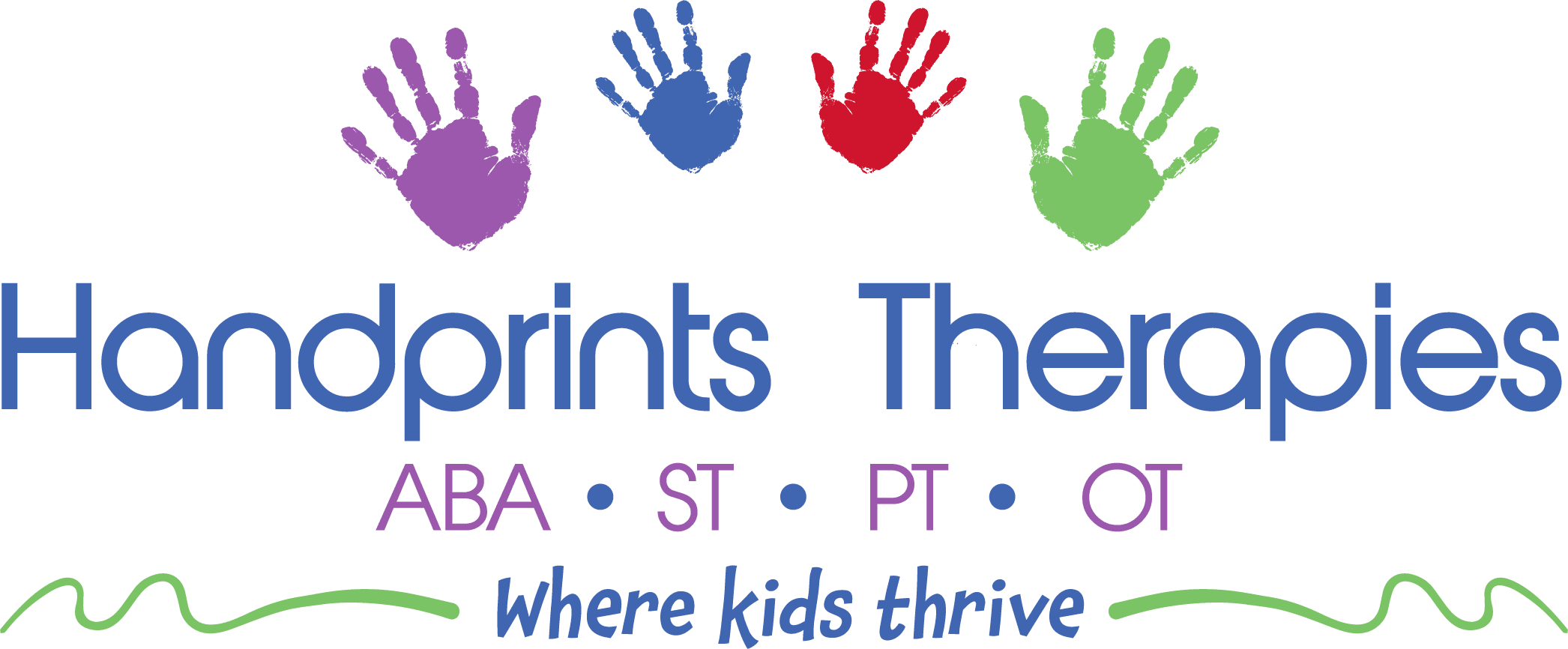How Pediatric Therapy Works
Broadly, ABA therapists work on behavior reduction and skill acquisition. More specifically, however, ABA can work on: communication and language skills, social skills, executive functioning, self-care and independent living skills, toileting, feeding challenges, repetitive behaviors and restricted interests, play skills, and motor skills, to name a few. Really, ABA therapy refers to how we work on behaviors – the behavior we target can be anything! Since ABA therapists have their hands “in all lanes,” collaborating with other therapists like speech, occupational, and physical therapists can be very beneficial to give a more specific approach to treatment. Read more about our collaborative approach here
Our BCBAs have a library of standard assessments to choose from when it comes to evaluating your child for ABA services. These assessments are broken down by the developmental milestones associated with specific age groups. The BCBA will choose an assessment that measures specific areas of need based on the information given by caregivers, physicians, and past reports.
Depending on the skills assessment chosen for your child, the format of the evaluation session can vary. Some assessments require more hands-on testing and evaluation with your child, while others are more question and answer based with caregivers. Regardless of assessment, the BCBA will also encourage free play with your child for observation purposes.
Once behavior therapy services begin, your child’s assigned BCBA will conduct a Functional Behavior Assessment (FBA). There are 2 main components of an FBA; direct and indirect assessments.
For the indirect portion, the BCBA will review all of your child’s records, briefly interview the caregiver(s) to get a more personalized history of your child and analyze the data from your child’s skills assessment and direct observations.
The direct assessment is hands-on testing to determine what the function (the “why”) of your child’s behavior is. Once the function(s) are confirmed, the BCBA will use that information paired with the information from the indirect assessments to develop child-specific interventions that will be used during therapy sessions.
The results of these assessments will direct the BCBA on how many treatment hours to recommend for your child. The more areas your child needs support in typically results in more hours per week of therapy. Handprints acknowledges that sometimes our clinical recommendation of hours does not align with a family’s availability. In those cases, we do require a minimum of 10 treatment hours per week in order to see any amount of progress and success with our programming.
At Handprints Therapies, we pride ourselves on our multidisciplinary approach to therapy. Our therapists take a step beyond collaboration and actively work together as a team during your child’s therapy sessions, effectively “co-treating.” This means that speech therapy, occupational therapy, or physical therapy session overlaps with their behavior therapy session. The therapists get the opportunity to learn from each other, work together, and create a cohesive therapeutic environment that is specific to each client. For example, children who experience articulation issues or apraxia will benefit from the techniques provided by a speech-language pathologist. These techniques will enhance the effectiveness of the child’s ABA communication programs by approaching the barrier in multiple ways.
The decision to seek out multiple therapies for your child can occur at various points. Most of the time, Handprints will receive a referral for recommended therapies directly from the physician. Other times, the BCBA may interview the caregiver and determine what type of therapy evaluations are most appropriate based on the caregivers’ responses. A benefit to receiving services in a center that has multiple disciplines, such as Handprints, is that therapists in each discipline may also recommend additional therapies to their current learners if they see a need, following direct observations.
Research shows that ABA works and not just for individuals with Autism Spectrum Disorder and other developmental conditions. ABA therapy focuses on ways to increase desirable behaviors and decrease behaviors that serve as barriers to the individual. In truth, while the goals may be different, ABA can be effective to enhance the lives of anyone at any age.
We provide parents with tools and knowledge that are useful and effective. Parent training requires active participation to learn and apply the techniques utilized in your child’s ABA program. You can expect regularly scheduled meetings and hands-on training with your BCBA. Parent training is a team effort. The BCBA is an expert on ABA, but you are an expert on your child. The collaboration of your insight and the clinical knowledge of the BCBA is paramount to providing effective treatment strategies and individualizing the services to create the best chance for optimal outcomes for the child.
